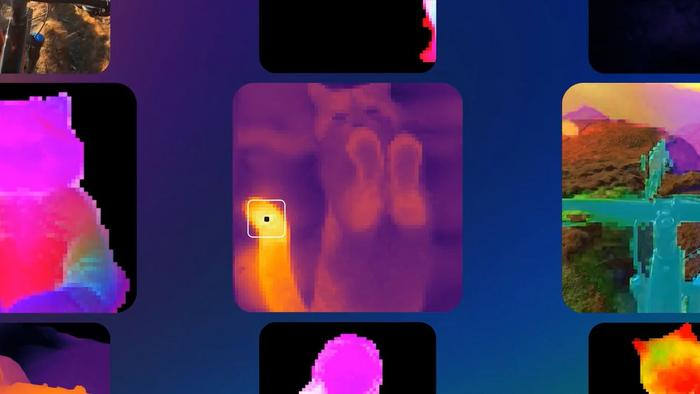Meta’s DINOv3: The Powerful AI Model That’s Already Exploring Mars
Meta has unveiled DINOv3, a massive new computer vision model that is making waves in the world of AI. This 7-billion parameter model was trained on a staggering 1.7 billion images—all without any human annotations or labels. This breakthrough in self-supervised learning allows DINOv3 to perform better than specialized solutions on a wide range of tasks, from finding objects to understanding entire images.
DINOv3 is a huge leap forward from its predecessor, DINOv2, which was trained on far fewer images (142 million) with a smaller 1.1 billion parameters.
Already Making an Impact
This isn’t just a research project. DINOv3 is already being used for real-world applications in different industries.
- Space Exploration: NASA’s Jet Propulsion Laboratory is using DINOv3 to help Mars rovers with complex vision tasks. The model’s efficiency means it can operate with minimal computing power on Mars.
- Environmental Protection: The World Resources Institute is using DINOv3 to monitor deforestation. The model has dramatically improved the accuracy of measuring tree canopy height in Kenya, which helps streamline funding for local conservation groups.
The Technology Behind the Breakthrough
DINOv3’s key advantage is its self-supervised learning approach. This means it learns from visual data on its own, without needing the time-consuming and expensive process of human-labeled data. This is a game-changer for fields where annotations are scarce or impossible to create, such as with satellite imagery or biomedical scans.
The model’s “frozen backbone” is also a major innovation. It can handle multiple visual tasks at the same time in a single pass, which is a huge benefit for devices with limited computing power, like those on a rover.
How to Access DINOv3
To help accelerate research and development, Meta is releasing DINOv3 with a commercial license. The release includes all the necessary training and evaluation code, pre-trained models, and sample notebooks. This open-source approach makes it easy for researchers and companies in healthcare, autonomous vehicles, retail, and other sectors to integrate this powerful technology into their own work.




